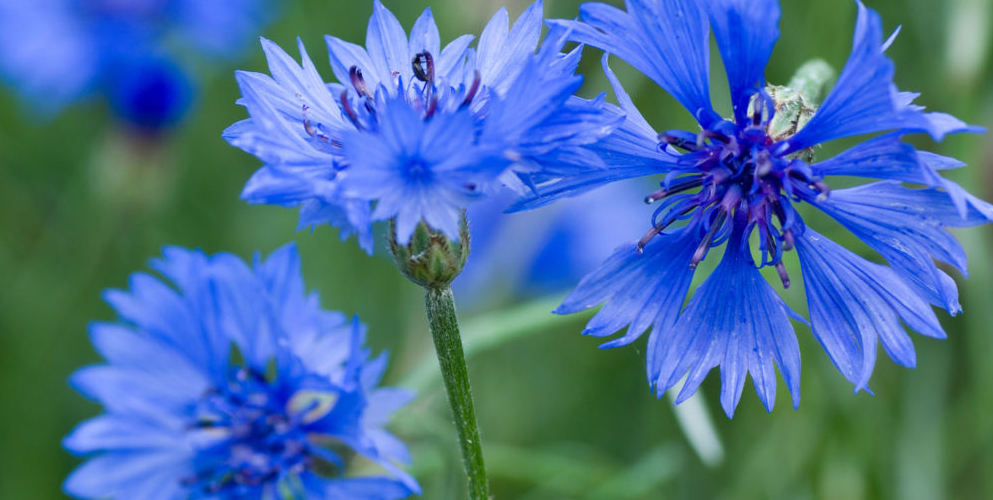If you’re interested in the flora of different countries, you might have wondered what Algeria National Flower is. Algeria is a country located in North Africa and has a rich history and culture. One aspect of Algerian culture is the national flower, which is the iris. In this article, we’ll explore the significance of the iris as Algeria national flower, its history, symbolism, and how it has influenced the country’s art and culture.
What is the Iris and its Significance as Algeria National Flower?
The iris is a genus of flowering plants that have over 300 species. The plant has a distinctive shape and color, with three petals and three sepals arranged in a symmetrical pattern. Irises can be found in a variety of colors, including purple, blue, yellow, white, and pink. The iris is one of the most popular flowers in the world and has been used for a variety of purposes, including medicine and perfume.
Algeria declared the iris as its national flower on March 5, 1971. The iris was chosen because of its beauty and because it’s a native plant to Algeria. The flower’s resilience and ability to grow in harsh environments make it a fitting symbol for the Algerian people, who have also shown great resilience throughout their history. The iris is also seen as a symbol of hope, renewal, and faith, which are important values in Algerian culture.
History of the Algeria National Flower
The iris has a long history in Algeria, and it has been used for various purposes. The ancient Egyptians used the iris in their funeral rites, and it was a symbol of resurrection and new life. The Romans used the iris in perfumes and medicines, and it was believed to have healing properties. In Algeria, the iris has been used for medicinal purposes and as an ornamental plant.
Symbolism of the Iris
The iris has various symbolic meanings, depending on the culture and context. In Algeria, the iris is seen as a symbol of hope, resilience, and faith. It’s also seen as a symbol of renewal and new beginnings. The flower’s three petals and three sepals are believed to represent the three main religions in Algeria: Islam, Christianity, and Judaism. The iris is also associated with the concept of purity, as the flower’s colors are often pure and bright.
The Iris in Algerian Art and Culture
The iris has played a significant role in Algerian art and culture. The flower has been used in various forms of art, including painting, literature, and music. In Algerian folklore, the iris is believed to protect against the “evil eye” and is often used in talismans and amulets. The flower has also been featured on Algerian postage stamps and coins.
FAQs
- What is the scientific name of the iris?
The scientific name of the iris is Iris germanica.
- What is the significance of the iris as Algeria national flower?
The iris is seen as a symbol of hope, resilience, and faith in Algerian culture. It’s also a native plant to Algeria and represents the country’s beauty and resilience.
- How has the iris influenced Algerian art and culture?
The iris has been featured in various forms of art, including painting, literature, and music. It’s also been used in talismans and amulets in Algerian folklore.
- What are the different colors of the iris?
The iris can be found in various colors, including purple, blue, yellow, white, and pink.
- What is the history of the iris in Algeria?
The iris has a long history in Algeria, and it has been used for medicinal purposes and as an ornamental plant. It was declared as the Algeria National Flower.
References:
- “Algeria – National Symbols and Emblems.” Flags of the World, www.crwflags.com/fotw/flags/dz.html.
- “Iris.” Britannica, www.britannica.com/plant/Iris-plant.
- “Iris.” The National Gardening Association, garden.org/plants/group/iris/206.

